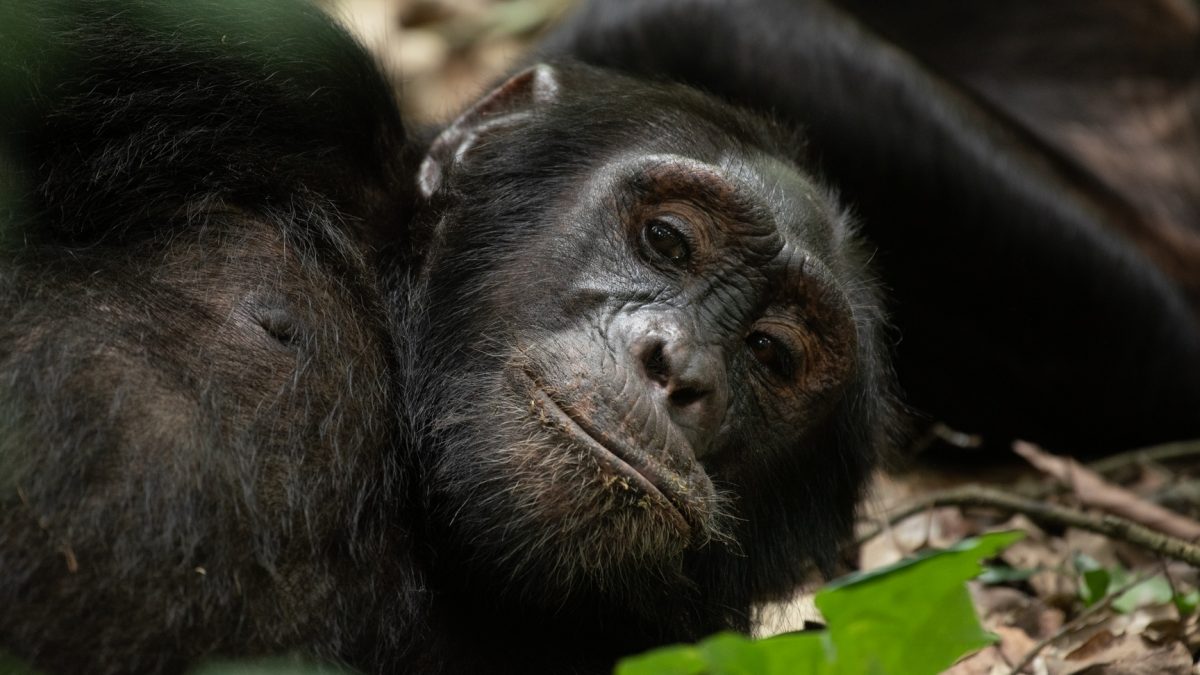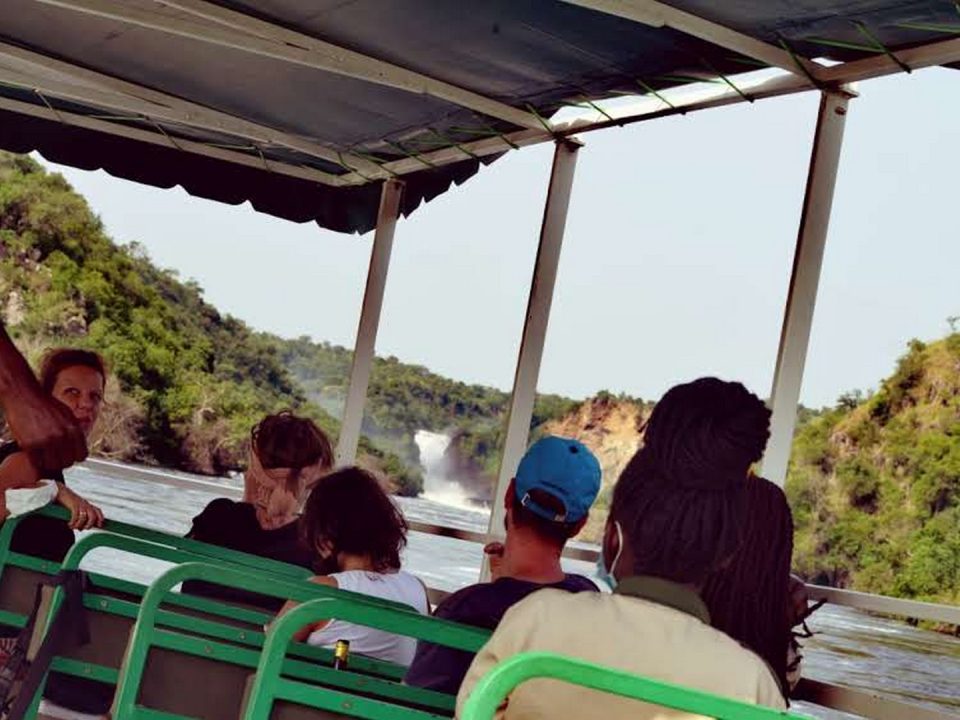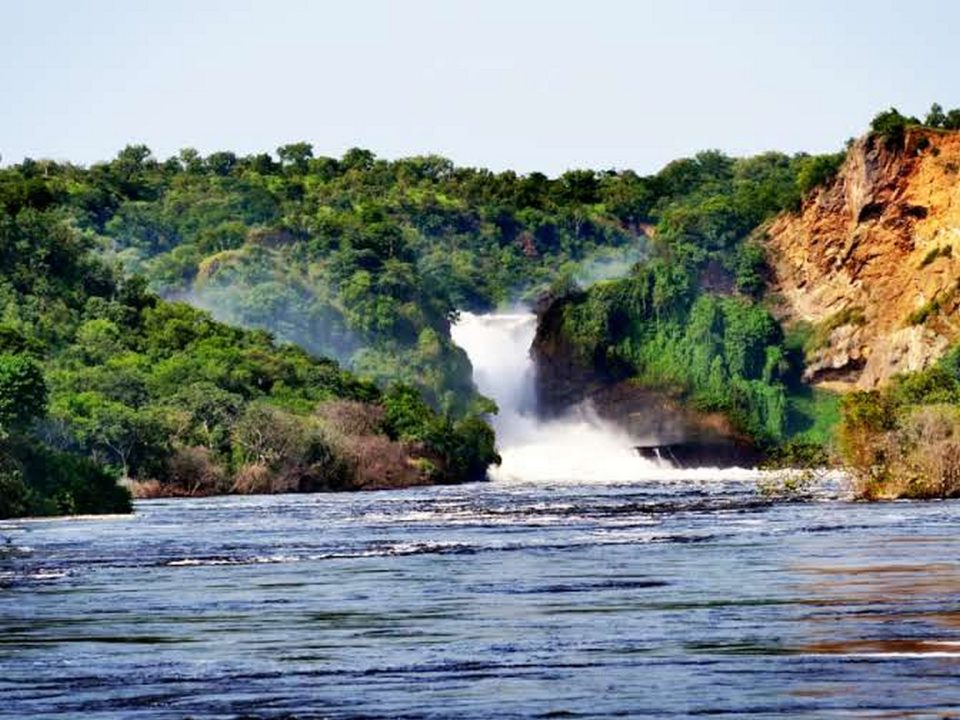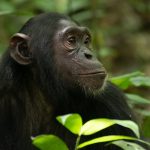
Can I Take Photos During Chimpanzee Tracking in Rwanda?
March 15, 2025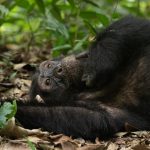
How Do I Book a Chimpanzee Tracking Safari in Rwanda?
March 18, 2025Are There Any Restrictions on Filming the Chimpanzees?
Are There Any Restrictions on Filming the Chimpanzees? Filming wildlife, especially endangered species like chimpanzees, is a fascinating and rewarding endeavor. In Uganda, home to several populations of chimpanzees in Kibale National Park and Budongo Forest, the opportunity to capture these remarkable creatures in their natural habitat is a privilege. However, as with any responsible wildlife interaction, there are guidelines and restrictions in place to ensure both the well-being of the animals and the safety of visitors. In this detailed guide by Deks Safaris & Tours Ltd., we will explore the various restrictions on filming chimpanzees in Uganda, the ethical considerations involved, and how to responsibly document these incredible creatures.
Chimpanzee Conservation in Uganda: A Quick Overview
Chimpanzees are one of the closest relatives to humans, sharing approximately 98% of our DNA. As such, they are incredibly intelligent, social, and vital to the ecosystems they inhabit. Uganda is home to over 5,000 chimpanzees, which reside in several protected areas, with Kibale National Park being one of the most famous sites for chimpanzee tracking.
Due to the importance of chimpanzees in the natural world, Uganda has put in place specific regulations to protect them from human-induced stress and harm. These regulations extend to activities such as filming and photography to minimize the impact on the chimpanzees and preserve their natural behaviors.
Why Are There Restrictions on Filming Chimpanzees?
Filming wildlife, especially primates like chimpanzees, can be disruptive if not done ethically. Chimpanzees are highly sensitive creatures, and excessive human presence or intrusive filming can cause distress, alter their natural behavior, and even pose health risks.
There are several reasons why there are restrictions on filming chimpanzees:
Minimizing Stress: Chimpanzees, like many animals, can become stressed by the presence of humans, especially when approached too closely. Stress can have negative effects on their well-being, including disturbing their natural social behaviors, eating habits, and even their reproductive success.
Protecting the Animals’ Privacy: Chimpanzees are not accustomed to being constantly watched or filmed. Just as humans value their privacy, so too do chimpanzees. Disturbing their environment with cameras can lead to behavioral changes that might impact their survival and social structures.
Conservation Efforts: Filming regulations help safeguard chimpanzee populations from exploitation and ensure their habitats are protected. The aim is to balance wildlife tourism with conservation efforts, avoiding exploitation for entertainment or commercial gain.
Health and Safety: Close human interaction with chimpanzees could expose both species to diseases. Chimpanzees are susceptible to human diseases, and human tourists can also contract diseases from primates. The restrictions on filming help reduce this risk by regulating the proximity of humans to chimpanzees.
Key Restrictions and Guidelines for Filming Chimpanzees in Uganda
To ensure responsible filming of chimpanzees, Uganda Wildlife Authority (UWA) has set out clear guidelines and regulations. These rules aim to protect the chimpanzees while still allowing visitors to capture the experience of observing them in their natural environment.
Proximity and Disturbance
The most important restriction when filming chimpanzees is maintaining a safe distance. The UWA mandates that visitors must stay at least 7 meters (about 23 feet) away from chimpanzees. This distance helps minimize the risk of disturbing the chimpanzees or exposing them to human diseases.
Filming or taking pictures from too close a range can be intrusive, and if the chimpanzees feel threatened or uncomfortable, they may move away or exhibit defensive behaviors. To reduce this risk, filmmakers and tourists should always respect the chimpanzees’ space.
Use of Flash Photography
Flash photography is strictly prohibited when filming chimpanzees. The intense light emitted from flashes can startle chimpanzees, causing them stress or aggression. In some cases, flashes may even damage their sensitive eyes. To ensure a peaceful encounter, tourists and filmmakers are encouraged to use natural lighting or adjust their camera settings for low-light conditions.
Permits and Approvals
Before filming in any of Uganda’s national parks or reserves, including areas that protect chimpanzees, you must obtain the necessary permits. These permits are issued by the Uganda Wildlife Authority (UWA) and typically come with conditions regarding the number of cameras allowed, the type of equipment, and the presence of professional guides. This ensures that filming activities are in line with conservation efforts.
For commercial filming projects, such as documentaries or advertisements, filmmakers may need to apply for special filming permits. These permits are more extensive and may include additional requirements such as the hiring of local guides or rangers to ensure that filming activities do not disrupt the chimpanzees’ natural behavior.
Use of Drones
While drones offer an incredible perspective for filming wildlife, their use around chimpanzees is strictly regulated. Drones can be disturbing to the animals, especially if flown too low or too close. The noise and sudden movement can cause panic in chimpanzees, who may flee or act erratically. In most cases, drones are either banned or heavily restricted in chimpanzee tracking areas. If allowed, they must be operated from a significant distance to ensure minimal disturbance to the wildlife.
Group Size and Movement
When filming chimpanzees, the size of the group must be kept to a minimum to avoid overwhelming the animals. UWA generally recommends a group of no more than 8 people per chimpanzee tracking group. The fewer the people, the less likely it is that the chimpanzees will feel crowded or stressed. Additionally, movement should be kept to a minimum during filming to avoid drawing attention or disturbing the chimpanzees.
Ethical Considerations When Filming Chimpanzees
Apart from the legal and regulatory restrictions, there are ethical considerations that every filmmaker and tourist should keep in mind:
- Respect the Animals: Always remember that chimpanzees are wild animals, not subjects for entertainment. Your role is to observe and document them without causing harm, stress, or disruption to their natural behaviors.
- Minimize Impact: Avoid any behavior that could disrupt the chimpanzees’ habitat or alter their social dynamics. This includes making loud noises, using harsh lighting, or engaging in excessive movements during filming.
- Be Patient: Filming wildlife requires patience. Don’t rush the process; allow the chimpanzees to go about their day and film them in their natural state. Respect the time they need to eat, play, or socialize without interference.
How to Prepare for Ethical Chimpanzee Filming
- Hire a Professional Guide: To ensure you are following the regulations and protecting the chimpanzees, it’s essential to have a qualified guide with you. They are knowledgeable about the area, the behavior of the chimpanzees, and how to approach them without disturbing them.
- Get the Right Equipment: Choose camera equipment that allows you to film from a distance without having to get too close. A telephoto lens will allow you to capture stunning images while keeping a respectful distance.
- Adhere to Permits and Guidelines: Always ensure that you have the necessary permits and are aware of the specific rules for filming in the area. These may vary depending on the park, so it’s important to check ahead of time.
Conclusion
Filming chimpanzees in Uganda is an extraordinary experience, offering a glimpse into the lives of one of the world’s most intelligent and captivating species. However, it is crucial to adhere to the guidelines and restrictions set out by the Uganda Wildlife Authority to ensure that your filming activities do not disrupt the chimpanzees’ natural behavior or pose a threat to their conservation. By respecting these rules, including maintaining a safe distance, avoiding the use of flash photography, and seeking necessary permits, you can enjoy a rewarding and responsible filming experience. Ultimately, it is about striking a balance between capturing the beauty of these animals and contributing to their long-term protection.

